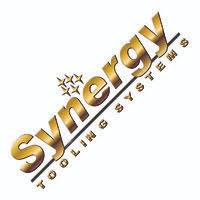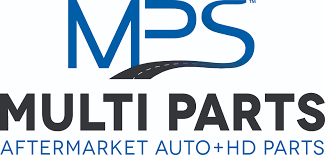Process Improvement Engineer Intern
 Synergy Tooling Systems · Jan 2022 – Aug 2022 · Hybrid
Synergy Tooling Systems · Jan 2022 – Aug 2022 · HybridSynergy gave me a ground-level view of real manufacturing. I learned what it takes to hold tolerance in production: selecting workholding and fixturing, dialing in feeds and speeds, validating CAM toolpaths and G-code, and keeping both machines and people moving. I led the development and implementation of braille tooling in house, owning the flow from problem to finished parts. That meant turning parametric CAD into CNC setups, writing clear setup sheets, and building in process checks and first article inspection to catch drift. It also sharpened my design skills, because I had to make sure everything was genuinely machinable and producible, with proper tool access and workholding, sensible tolerances, sane stock removal, and efficient cycle time. Since manufacturing was new to me, the learning curve improved my problem solving; I learned the why behind process decisions, how to debug issues at the machine, and how to coordinate with machinists, engineering, and customer service so throughput stayed predictable.
I also learned how to connect people with clear information. I produced 3D visuals that explained tool function to customers, and I documented a tools and parts manual that gave customer service and engineering a shared vocabulary for parts and assemblies. The experience improved my skills and understanding across the entire path from identifying problems to getting parts into production to supporting customer service, and it sharpened my judgment on quality, process capability, and the tradeoffs that keep a line running.
Selected Work
- Led the in-house braille tooling pipeline: parametric CAD (SolidWorks), CAM (Fusion 360), posted and verified G-code; authored setup sheets, first-article inspection, and in-process checks.
- Designed and validated workholding and fixturing for small features; tuned feeds and speeds and toolpaths to hold tolerance and stabilize cycle time.
- Derived equations for helical motion and aligned G-code interpretation with machine control so helical toolpaths executed correctly, collaborating with another engineer.
- Helped convert a CNC vacuum table for 3-axis milling to accelerate in-house iteration.
- Built and standardized test stands (deflection, pressure, push/pull) with documented procedures to improve repeatability and data quality.
- Established a rubber material analysis workflow for supplier qualification with recorded acceptance criteria.
- Improved laser-cut nesting and process parameters, reducing material waste cost by 33%.
- Authored a tools and parts manual that linked part numbers, drawings, and assemblies so customer service and engineering shared the same references.
- Created short 3D product visuals to explain tool function and tolerances for customers and improve understanding of requirements.
- Delivered SolidWorks and Fusion 360 training; produced quick-reference guides on modeling and CAM basics.
- Maintained shop-floor procedures (startup, shutdown, inspection checkpoints) to keep throughput predictable and reduce downtime.
 Multi Parts · May 2021 – Aug 2021 · In‑person
Multi Parts · May 2021 – Aug 2021 · In‑person